For those in the business of flavor, understanding the ebb and flow of wholesale garlic price per kg/pound is more than just crunching numbers – it’s about staying ahead of the curve in a market as pungent and dynamic as the beloved bulb itself. Whether you’re a seasoned importer coordinating shipments across continents, a burgeoning food processor developing the next garlic-infused culinary sensation, or a curious foodie wanting to understand the economics behind your favorite ingredient, this comprehensive guide will equip you with the knowledge to navigate the world of wholesale garlic pricing.
Factors That Make Garlic Prices Dance: A Complex Equation
Like any globally traded commodity, the price of wholesale garlic isn’t static. It’s a delicate dance influenced by a myriad of factors, each adding its own flavor to the mix:
- Global Supply and Demand: The Heart of the Matter Just like any marketplace, the fundamental principle of supply and demand reigns supreme in the garlic world. When global garlic production is abundant, with bumper crops exceeding demand from importers and processors, prices tend to soften, making it a buyer’s market. Conversely, when unexpected weather events, pests, or diseases impact harvests, or when demand surges due to new food trends or seasonal shifts, prices can skyrocket, leaving buyers scrambling to secure their supply.
- Garlic’s Origin Story: A World of Variety Garlic isn’t a one-size-fits-all commodity. Different regions around the globe boast unique garlic varieties, each with its own distinct flavor profile, optimal growing conditions, and associated production costs. These regional variations play a significant role in shaping the overall price landscape.
- China: The Garlic Powerhouse: China stands as the world’s undisputed garlic giant, accounting for a significant portion of global production. Its vast garlic fields and well-established export infrastructure give it considerable influence over global garlic prices. Fluctuations in Chinese production, influenced by factors like weather, planting decisions, and even government policies, can send ripples through the global market, impacting prices for everyone from large-scale importers to local restaurants.
- Other Key Players: While China dominates the scene, other garlic-producing regions add their own notes to the global garlic symphony. India, with its pungent varieties favored in certain cuisines, Spain, renowned for its purple stripe garlic prized for its robust flavor, Argentina, a significant supplier to South America, and even the United States, with its smaller but dedicated organic garlic sector, all contribute to the global supply chain. Each region’s unique production capabilities, weather patterns, political stability, and export strategies impact overall supply and, consequently, prices on a global scale.
- The Seasonality Factor: Riding the Harvest Waves Garlic, like many agricultural products, follows a seasonal production cycle, with periods of abundance followed by leaner months. Understanding these cycles is crucial for anticipating price fluctuations and making strategic purchasing decisions:
- Peak Seasons: Harvest seasons, typically in late spring and early summer in the Northern Hemisphere and reversed for the Southern Hemisphere, see an influx of fresh garlic into the market. This abundance often leads to more competitive prices, as suppliers aim to move their stock quickly. This is a prime time for buyers to secure favorable prices, especially if they have the storage capacity to buy in bulk.
- Lean Months: As the year progresses and the initial flush of fresh garlic subsides, stored garlic becomes the primary source. Prices may gradually increase during these lean months due to factors like storage costs, spoilage, and the dwindling supply of fresh garlic. Buyers need to factor in these potential price increases and adjust their purchasing strategies accordingly, perhaps considering alternative garlic forms or exploring forward contracts to lock in prices.
- Quality Grades: From Standard to Premium Not all garlic bulbs are created equal. Just like apples have different grades, wholesale garlic is often categorized into different grades based on size, appearance, and overall quality. These grades directly impact pricing, with higher grades commanding premium prices:
- Standard Grade: This grade typically includes garlic bulbs that meet basic size and quality requirements. They may have slight imperfections in appearance, but they’re perfectly suitable for everyday culinary use in dishes where appearance isn’t paramount. Standard grade garlic is the most common and generally the most economical option.
- Jumbo/Super Jumbo Grade: For applications where size matters, such as visually appealing displays in grocery stores or restaurants, jumbo and super jumbo garlic bulbs are the go-to choice. These larger-sized bulbs often command a premium price due to their impressive size, higher yield per bulb (meaning less peeling), and suitability for specific culinary preparations.
- Organic Garlic: A Premium Choice: Reflecting the growing consumer demand for organic produce, organically grown garlic, cultivated without synthetic pesticides, herbicides, or fertilizers, occupies a premium niche in the market. This premium price point reflects the ecological and often labor-intensive farming practices involved in organic agriculture.
- Processing and Packaging: Adding Value (and Cost) The journey from farm to fork involves various levels of processing and packaging, each adding value for the end user but also contributing to the final wholesale price of garlic:
- Whole Garlic Bulbs: For buyers seeking the most economical option, whole garlic bulbs are the way to go. This form involves minimal processing, essentially just cleaning and sorting the bulbs after harvest. While it requires buyers to handle the peeling and processing themselves, it often offers the lowest price per unit of garlic.
- Peeled Garlic: For added convenience and to save on labor costs, many buyers opt for pre-peeled garlic cloves. This eliminates the need for peeling, a time-consuming task, especially for large-scale food processors or restaurants. However, this convenience comes at a higher price, as it involves additional processing steps and potential waste.
- Further Processed: To cater to specific applications, garlic can be further processed into various forms, each with its own price point. Garlic powder, a pantry staple, and garlic granules, offering a coarser texture, undergo drying and grinding processes, impacting their final cost. Minced garlic, providing ready-to-use convenience, involves chopping and preserving the garlic, adding to the overall price.
Navigating the Price Maze: Strategies for Buyers
Armed with an understanding of the factors influencing garlic prices, savvy buyers can make informed decisions to optimize their sourcing strategies and secure the best possible prices:
- Timing is Everything: Aligning with Market Trends
- Monitor Market Reports: Knowledge is power in the world of commodity trading. Staying informed about global garlic market trends, production forecasts, and price indices is crucial for making smart purchasing decisions. Numerous online resources, industry publications, and agricultural market analysis firms provide valuable insights into supply and demand dynamics, price trends, and potential market disruptions.
- Consider Forward Contracting: For larger buyers, such as food processors or major importers, forward contracting with suppliers can be a valuable risk management tool. This involves securing a fixed price for a specific quantity of garlic to be delivered at a predetermined future date. While it requires careful planning and forecasting, forward contracting can help mitigate price volatility risks, especially in markets prone to fluctuations.
- Building Relationships: The Power of Partnership
- Establish Direct Connections: Whenever feasible, forging direct relationships with garlic growers or reputable exporters can offer significant advantages. Direct sourcing often translates to more competitive pricing, as it eliminates intermediaries and their markups. Moreover, direct communication with producers provides valuable insights into market dynamics, crop quality, and potential supply chain challenges.
- Open Communication: Transparency and open communication are the cornerstones of any successful business relationship, and the garlic trade is no exception. Maintaining clear and open communication with suppliers regarding your specific volume requirements, quality expectations, and budget constraints fosters trust and allows for the exploration of mutually beneficial arrangements.
- Flexibility is Key: Adapting to Market Shifts
- Explore Alternative Varieties: The world of garlic offers a diverse palette of flavors and aromas. Being open to sourcing different garlic varieties depending on availability, price fluctuations, and specific culinary needs can be a smart strategy. For example, if the price of a particular variety skyrockets due to limited supply, exploring a similar variety from a different region might provide a cost-effective solution.
- Consider Substitute Products: In certain applications, where the specific flavor profile of fresh garlic isn’t essential, exploring substitute products can offer cost savings. Garlic powder, granules, or other processed garlic forms might provide a viable alternative, especially in processed foods or dishes where the garlic flavor is more of a background note.
Illustrating the Numbers: A Snapshot of Wholesale Garlic Prices
While garlic prices are in constant flux, influenced by the factors discussed earlier, having a general sense of price ranges can be helpful for initial budgeting and market awareness.
| Garlic Type | Wholesale Price Range (USD) |
|---|---|
| Whole Garlic Bulbs | $1.50 – $4.00 per kg |
| Peeled Garlic Cloves | $4.00 – $8.00 per kg |
| Garlic Powder | $6.00 – $12.00 per kg |
Please note: These prices are approximate and can vary significantly based on factors such as the specific variety, quality grade, sourcing region, time of year, market conditions, and the volume being purchased.
The Future of Garlic Prices: A Glimpse Ahead
Predicting the future of any commodity, especially one as globally traded and influenced by numerous variables as garlic, is a complex endeavor. However, several emerging trends and potential challenges provide a glimpse into the factors that might shape garlic prices in the years to come:
- Climate Change Impacts: As climate change continues to impact weather patterns, making them less predictable and more extreme, garlic production, particularly in regions heavily reliant on specific climatic conditions, could experience greater fluctuations. Droughts, floods, and extreme temperatures can all impact yields, potentially leading to supply chain disruptions and price volatility.
- Evolving Consumer Preferences: The rising consumer demand for organic and sustainably produced foods is reshaping the agricultural landscape, and garlic is no exception. This shift in consumer preferences is likely to influence garlic production practices, with more farmers potentially transitioning to organic methods. While this is a positive trend for environmentally conscious consumers, it could also impact prices, as organic farming often involves higher production costs.
- Geopolitical Factors: In an increasingly interconnected world, geopolitical factors play a significant role in shaping global trade patterns and commodity prices. Trade wars, tariffs, political instability in major garlic-producing regions, and even pandemics can all disrupt supply chains, leading to price fluctuations and uncertainty in the market.
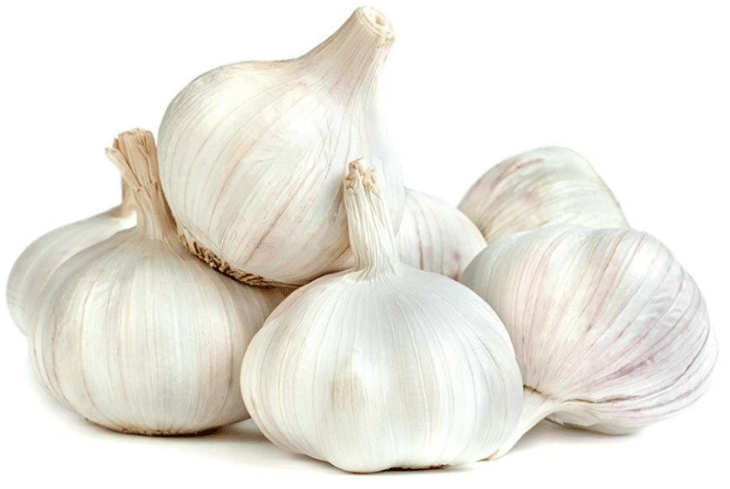
Why Choose CAIE for Your Wholesale Garlic Needs?
As a leading supplier of high-quality garlic from Shandong Province, China – the world’s largest garlic-producing region – CAIE offers food processors a unique combination of advantages:
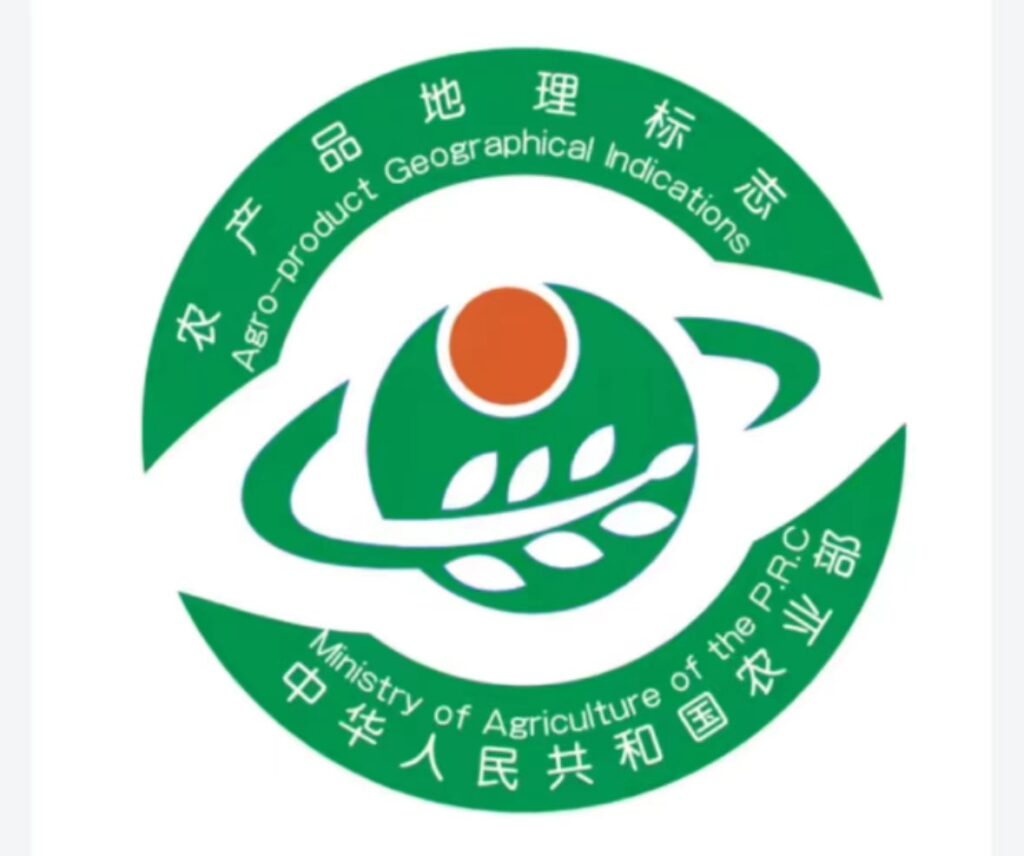

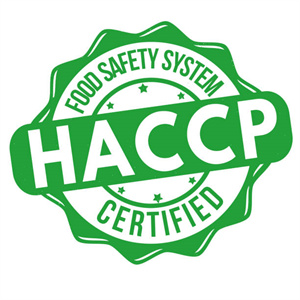
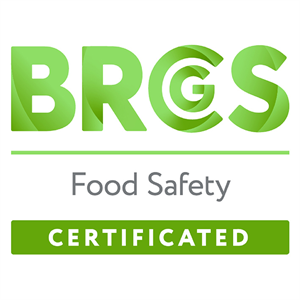
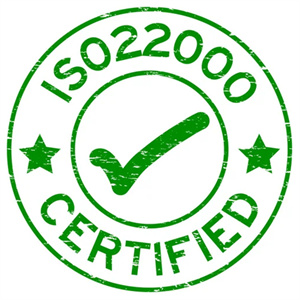
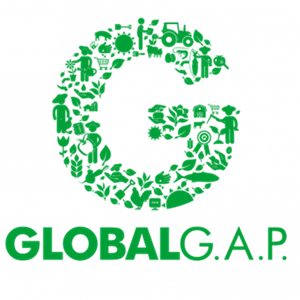
- Unwavering Commitment to Quality: At CAIE, quality is non-negotiable. Our garlic is cultivated on over 10,000 acres of company-owned farms in Jinxiang County and Weifang City, adhering to the highest international standards, including those of the European Union, Japan, and the U.S. From soil analysis and seed selection to green planting and harvesting, we maintain meticulous control over every stage of production to ensure exceptional quality and flavor consistency.
- Reliable Supply & Capacity: With our extensive farming operations, modern storage facilities exceeding 100,000 square meters, and a dedicated logistics team in the Weifang Free Trade Zone, CAIE guarantees a consistent and reliable supply of garlic to meet the demands of even the largest food processors. We offer flexible order sizes, competitive lead times, and the capacity to handle large-scale orders efficiently.
- Garlic Expertise & Customized Solutions: Backed by a team of agricultural experts and a foreign trade division with over 20 years of experience, CAIE provides unparalleled expertise in garlic varieties, forms, and their suitability for specific food processing applications. We work closely with our clients to understand their unique needs and develop tailored solutions, from sourcing specific garlic types to providing custom processing and packaging options.
- Sustainable & Ethical Sourcing: CAIE is committed to sustainable agriculture practices and ethical sourcing throughout our supply chain. We prioritize environmentally responsible farming methods, fair labor practices, and transparency in our operations. By choosing CAIE, you’re not only getting premium garlic but also supporting a company that aligns with your values.
- Partnership Approach & Customer Focus: At CAIE, we believe in building long-term partnerships with our clients based on trust, transparency, and mutual success. Our dedicated customer support team is always available to answer your questions, address your concerns, and provide ongoing support to ensure your complete satisfaction.
In Conclusion: Staying Savvy in the Garlic Game
Navigating the world of wholesale garlic price per kg/pound requires more than just a love for this pungent bulb – it requires a keen understanding of market forces, a willingness to adapt to changing conditions, and a dash of entrepreneurial spirit. By staying informed about market trends, building strong relationships with suppliers, embracing flexibility in sourcing strategies, and keeping a watchful eye on the horizon for emerging challenges and opportunities, businesses can successfully incorporate this essential ingredient into their operations while ensuring they’re getting the best bang for their buck – or should we say, clove?
